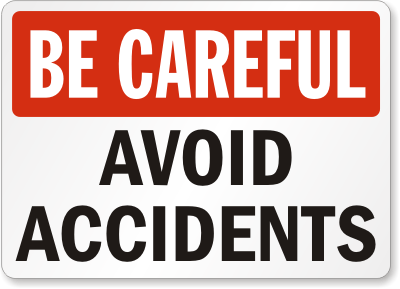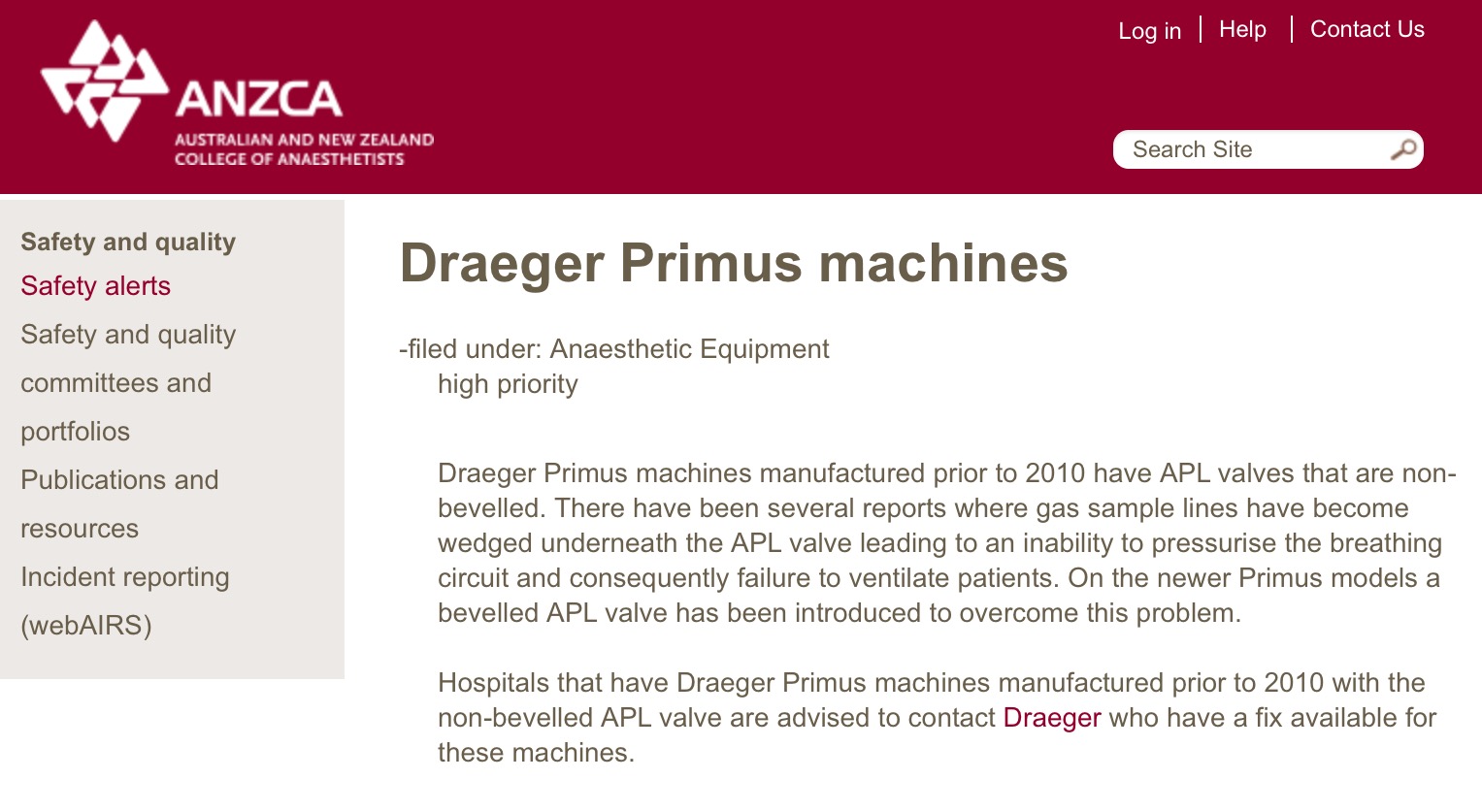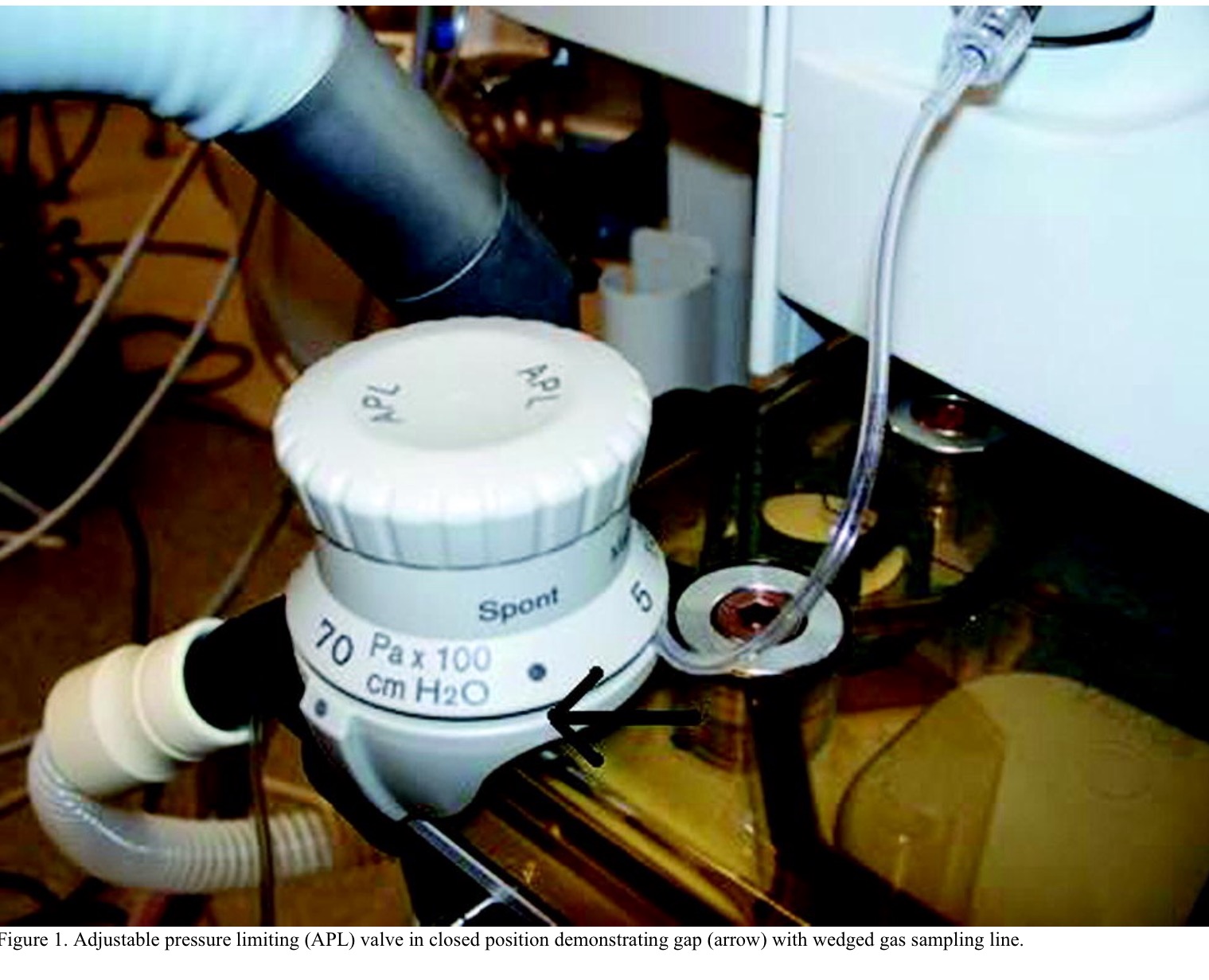
It’s counter-intuitive that an alert designed to improve safety may actually be detrimental to patient care.
Unfortunately alerts on their own may absolve governing bodies from ensuring more effective interventions.
The diagram below (created by Cassie McDaniel) neatly demonstrates which interventions are most effective at improving safety.

Forcing functions represent a solution which designs out an error, preventing the error from being made.
Ideally a forcing function should demonstrate the following properties:
– Improved design which prevents problem from occurring
– No detriment over what is already in place
– No additional burden to front line staff and if possible a reduction in the burden of work
– Tried and tested within the complex environments of our hospitals
– No extra cost burden to hospitals
If innovative designs meet these criteria we should strive to ensure their implementation.
We provide an example here:
Draeger, a major supplier of medical equipment throughout the world have a unique issue with a valve on their anaesthetic machines. The vast majority of anaesthetists are unaware of this issue despite alerts being disseminated (see below) and adverse events continue to happen because of this hazard.

Occasionally items can become trapped under the valve, jamming it open when it appears closed (see below) – anaesthetists are unable to ventilate their patients and are unable to work out why.

We present numerous examples from throughout the world where this has led to catastrophic failure to ventilate events – see here. Patients are at continued and unnecessary risk of death because of this.
 Draeger are aware of the issue, and went to great efforts to redesign the valve with a bevel to prevent this problem – all of their machines supplied after 2010 have this newer valve. This demonstrates their profound understanding of the human factors approach to safety.
Draeger are aware of the issue, and went to great efforts to redesign the valve with a bevel to prevent this problem – all of their machines supplied after 2010 have this newer valve. This demonstrates their profound understanding of the human factors approach to safety.
It is a simple procedure for Draeger to retrofit the valve onto older models however hundreds of old valves remain throughout the world. Recall and replacement would ensure optimal safety with respect to this issue. It would also demonstrate that Draeger is a key driver of safety implementation and would be in keeping with it’s excellent reputation.
Draeger have now recalled all of their old valves in Australia however these old valves still exist throughout the rest of the world leaving patients at unnecessary risk. Your encouragement will help – we thoroughly welcome your support.
Please sign this petition to have the old valves recalled.
Alerts, on their own do little, if anything, for front line safety. They’re invariably deposited on a website away from the point of care, are rarely seen by their intended target audience and are quickly forgotten.
It’s often those bodies disseminating the alert who are best positioned to drive a more effective solution, and we encourage them to strive to make this happen. Progress with these endeavours should also be made transparent.
Perhaps a very useful exercise would be to review all safety alerts to assess where more effective measures could also be implemented (we provide another example here from Royal College of Anaesthetists – with a more effective solution here).
Where a forcing function can be introduced we need the capacity to ensure this happens.
